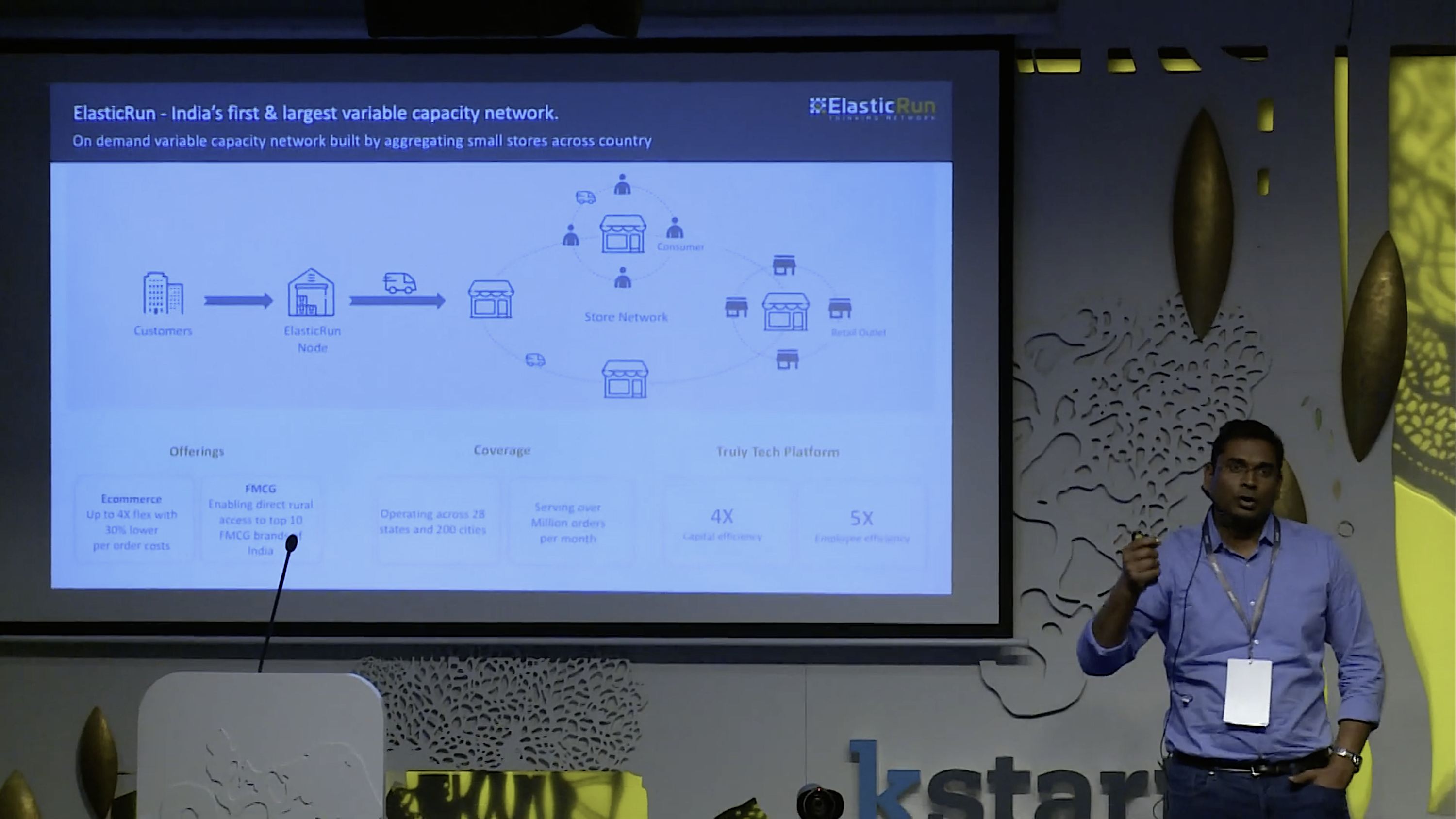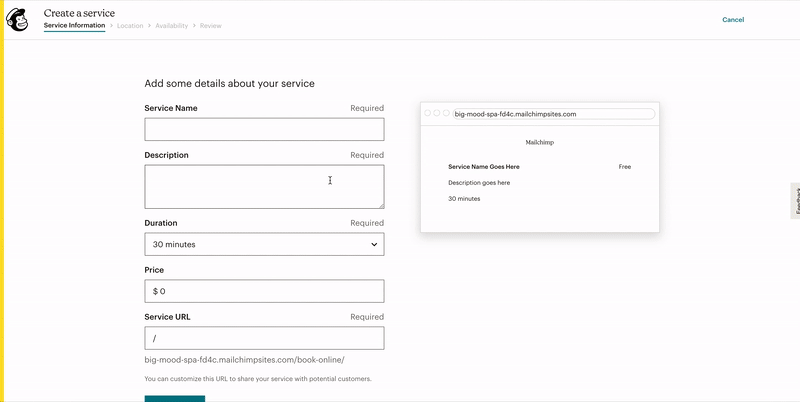
 In this guest post today, Kate Lester, founder and CEO of Diamond Logistics, offers a fearless opinion on the future of retail.
In this guest post today, Kate Lester, founder and CEO of Diamond Logistics, offers a fearless opinion on the future of retail.
We can see light at the end of the tunnel. Shops are opening, but the reality is retail habits have changed forever. As a class A shopaholic, I will be first out of the blocks. But shopping habits have undoubtedly changed.
Some people will never go back to shopping the way they used to. The elderly, infirm or very time pressed. There is gold in these markets if you target them in a way that is attractive.
Commodities or specialist goods are perfect for online. Household product sites like Bother makes it very easy to order bulky and cost-effective goods direct to your home. Equally specialist goods – like Sacred Gin – are easier to source online as there are very few stockists of this premium product.
It’s the stuff you want to try on, touch, feel or see – like furniture – that will drive retail moving forward.
For example, buying shoes online is very hit and miss, as is buying furniture. The look, feel and weight of shows is a touch based experience.
A lot of people like their Saturday food shopping – I can’t see this being eroded entirely – and substitution is annoying. But shopping at Waitrose for a few key products – and getting the bulk on Ocado – is a way of mixing modes of purchase and retaining the best bits for the consumer. And who wants to log huge bags of shopping when you can get it delivered for a £5? And also its those last minute things – the capers and anchovies you decide you need for your dinner party – that your local delicatessen will always be strong at supplying.
There’s also a trend for convenience and local. My grocery preference at the moment is Co-op or Sainsbury’s local – with a weekend top up at Waitrose and M&S – spreading the pounds dependant on need.
Big retailers
Retailers have to embrace multi-modal experiences – click & collect, home delivery and retail experiences.
Retail experiences will continue to be a thing – but it will be a big day out – so they have to be fun and engaging. You won’t just pop to the shops – there will have to be further motivation. Ikea has this nailed – albeit their delivery items on line aren’t great at present. (Ikea if you need a hand you know where we are!).
Ikea is a great day out. They not only showcase all their products in enviable showrooms so you can aspire to creating that space in your home, they offer a crèche and canteen – not to mention the inimitable meatballs – all of which make a great trip for the family.
Some key purchases will always be more aligned to a shop purchase. Car, furniture and carpet textiles for example, because the online experience is either slow (if you ask for samples and have to wait for them to be despatched for example). Whereas if you go to John Lewis Home, you can see, touch and feel your purchase on the same day.
There will be more showcasing in retail, whilst ordering will still be online. And customers will seek goods on multiple platforms – sale items on eBay and retailer sites with enhanced search facilities. It still staggers me that when you search for some standard items you can’t find them on Google search. Retailers have to really master their digital marketing to stay ahead.
Small retailers
Small retailers need to build their brand and a local following for a dedicated audience. They are going to have to drive loyalty to win custom.
Use multiple platforms and a united inventory system to enable customers to buy from you and use the power of these platform’s search engines to drive sales. It’s more likely eBay and Etsy will pip them to the post, rather than their own SEO.
Utilise Google Shopping – it still gobsmacks me that it’s (mostly) cheap importers which have mastered this – quality products are underrepresented.
Drive traffic through audience building on social – build that loyal base – and push offers out which lead to a shop experience for upselling opportunities.
You still have to bat above your average in terms of delivery, shop experience or online (either own site or marketplace).
Experiential retail will drive customers, a day out not a pop to the shops. Other retail will become either a client loyalty driver – small, boutique, specialist, local – or simply a showcase.
Keep up with consumer demand – driving faster and faster deliveries. Sameday fulfilment is just around the corner and this will be a great step forward on the multi-modal retail revolution.
The post The future of retail and how small businesses can stay relevant appeared first on Tamebay.
 from Ecommerce – Tamebay https://ift.tt/3vu0TnG
from Ecommerce – Tamebay https://ift.tt/3vu0TnG via IFTTT
via IFTTT











